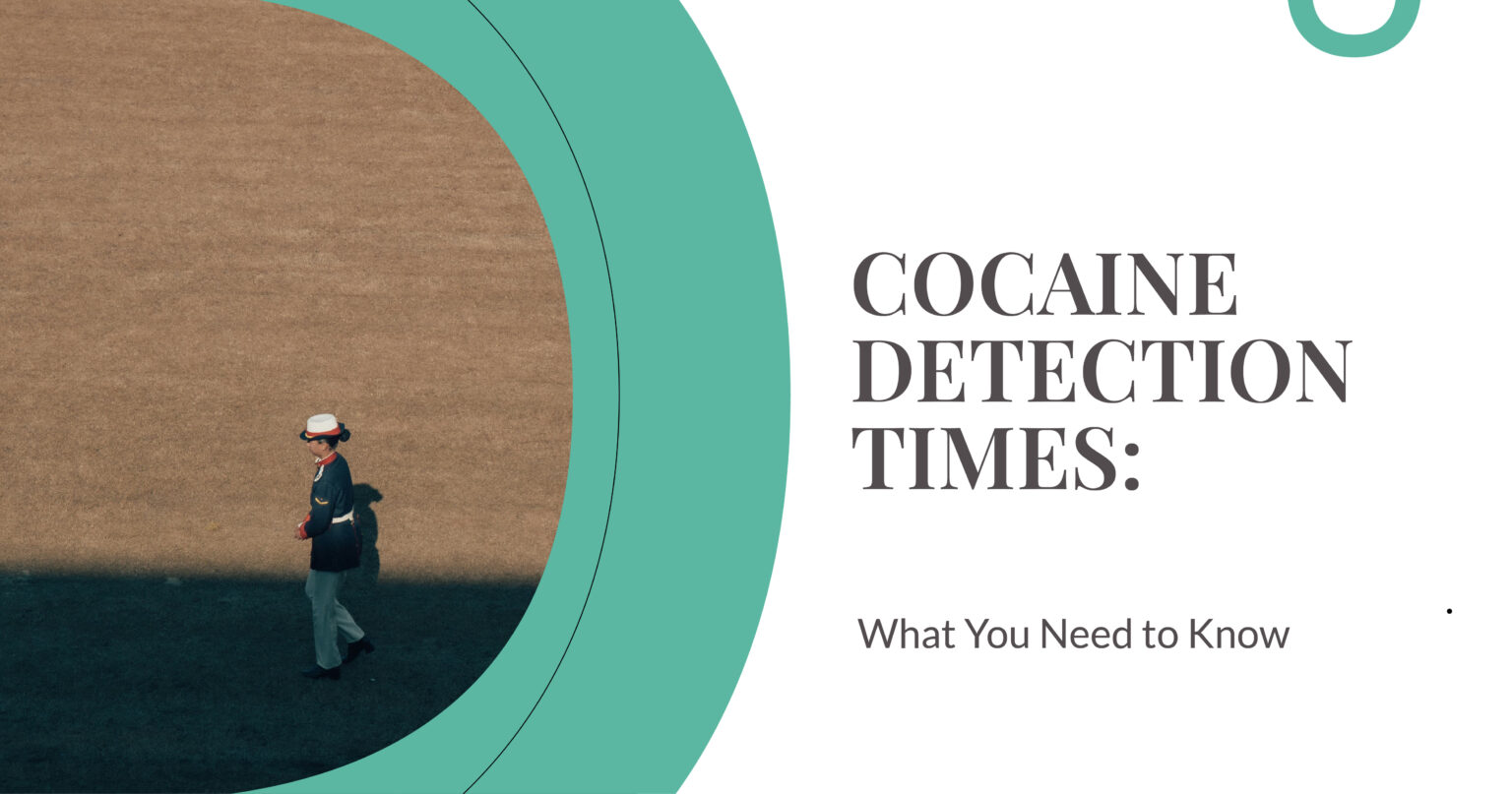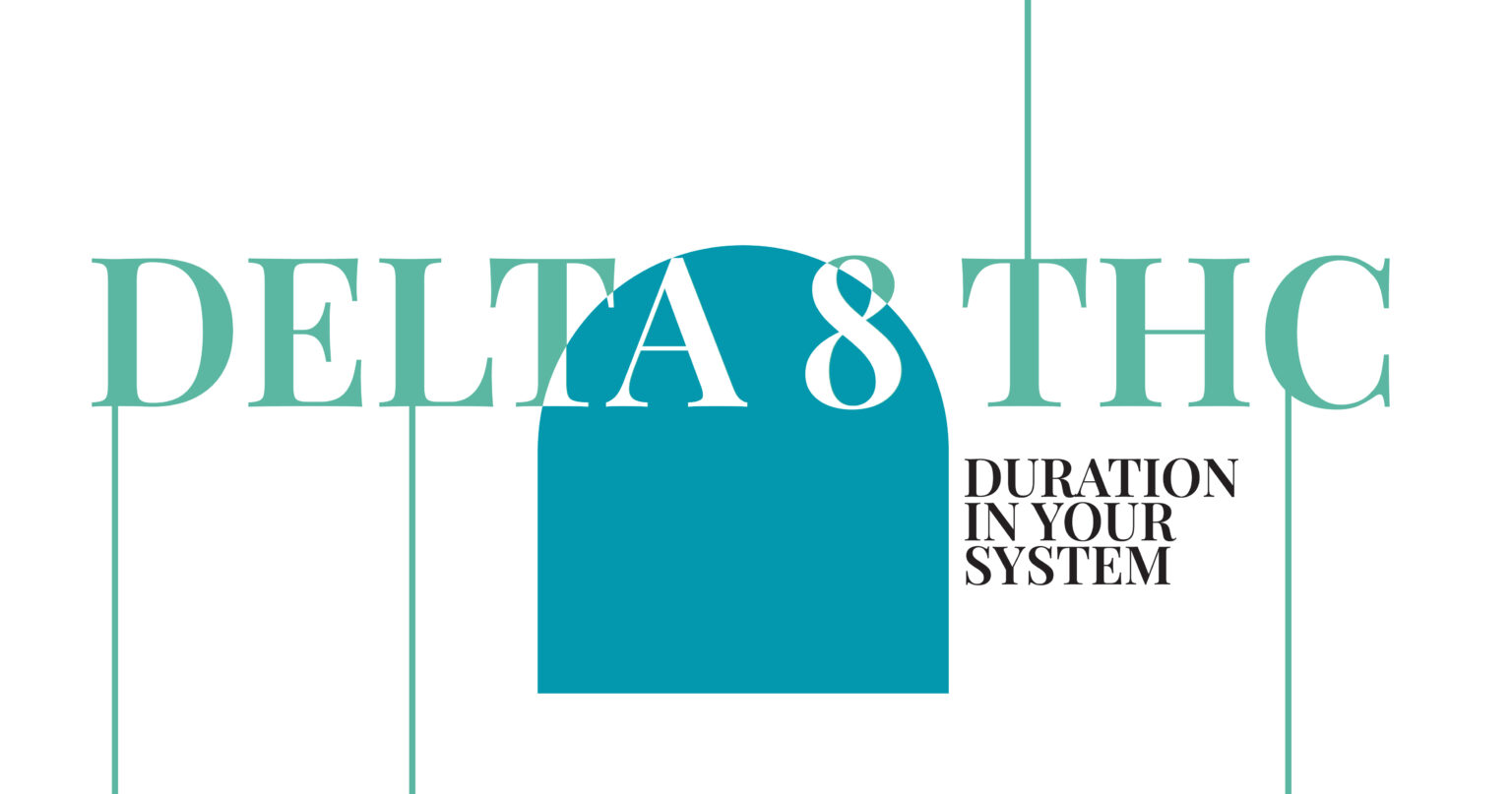Xanax Abuse Symptoms: What to Know
What Is Xanax?
Xanax is the brand name for alprazolam, a fast-acting benzodiazepine. It is a prescription medication used to treat panic disorders, generalized anxiety disorder, and other mental health conditions. As an anti-anxiety medication, its active ingredient works by calming brain activity, creating a feeling of relaxation.
Medical Uses of Xanax
Doctors prescribe Xanax to reduce anxiety symptoms, prevent panic attacks, and manage sleep disturbances. It helps relieve mental health symptoms by enhancing GABA activity in the brain, which slows down brain function. It is often used for short periods of time due to its potential for abuse and adverse effects with long-term use.
How Xanax Works in the Body
Xanax affects the central nervous system by slowing activity in the brain. It enhances the effect of GABA, a neurotransmitter that reduces nerve activity. This results in muscle relaxation, calming effects, and reduced tension. A single dose can cause initial effects such as Excessive sleepiness, poor coordination, or slurred speech. These common side effects can interfere with daily activities and may lead to dangerous drugs misuse if taken improperly.
Understanding Xanax Abuse
Definition of Abuse vs. Proper Use
Proper use means taking Xanax as prescribed by a medical professional. Misuse of benzodiazepines includes taking higher doses, using the drug for recreational purposes, or combining it with other addictive substances. Over time, this can lead to benzodiazepine use disorder or sedative use disorder.
Reasons for Xanax Abuse
People may misuse Xanax to relieve mental health disorder symptoms or to experience its sedative effects. Some may develop a strong desire to use it to escape psychosocial symptoms or stress. Others abuse it due to a family history of substance use disorders, personality traits, or environmental influences. Intense desires, impulsive behaviors, and past history of substance abuse increase the risk.
Symptoms and Warning Signs of Xanax Abuse

Physical Symptoms
- Drowsiness
- Slurred speech
- Poor coordination
- Impaired coordination
- Blurred vision or double vision
- Loss of motor control
- Involuntary muscle movements
- Muscle aches
- Shortness of breath
- Loss of appetite
Psychological Symptoms
- Mood swings or Fluctuations in mood
- Cognitive symptoms like Poor memory, Memory loss, or cognitive impairment
- Psychological dependence
- Behavioral symptoms including risky behaviors or impulsive behaviors
Behavioral Changes
- Doctor shopping
- Hiding drug use or isolating from others
- Social withdrawal and social isolation
- Missing work or school
- Decline in interpersonal relationships
- Loss of interest in recreational activities
- Addiction signs such as using over an extended period, intense withdrawal symptoms, or inability to stop
Dangers of Xanax Misuse
Risk of Overdose
Xanax misuse increases the risk of overdose, especially when mixed with opioid drugs or alcohol. Benzo overdoses can lead to respiratory arrest, Loss of consciousness, medical emergency, or even fatal overdoses.

Cognitive and Physical Health Impacts
Chronic use may cause brain damage, cognitive impairment, and organ damage. It may also lead to Negative health consequences like weakened coordination and slower heart rate. These common effects can disrupt everyday life.
Potential for Addiction
Xanax is a potent benzo with a high risk of addiction. Continued use can lead to physical dependence, psychological dependence, and chronic misuse. Many people spend a deal of time using the drug and experience negative consequences in multiple aspects of life.
Differentiating Dependence from Addiction
Understanding Dependence
Physical dependence can develop even with prescription drug use over a period of time. The body adapts to the drug, and stopping it causes withdrawal symptoms.
Indicators of Addiction
Signs of addiction include behavioral signs, physical signs, and psychological signs such as cravings, loss of control, and continued use despite harm. These are key symptoms of benzo addiction.
Withdrawal Symptoms
Common Withdrawal Symptoms
- Anxiety symptoms
- Muscle aches
- Sleep disturbances
- Mood swings
- Involuntary muscle movements
- Severe symptoms like seizures or hallucinations
Managing Withdrawal Safely
Acute withdrawal symptoms can be severe. Severe withdrawal symptoms require Medical detox under the care of a health professional or mental health professional. Tapering the dosage during the detox process reduces the severity of withdrawal symptoms.
Recognizing Xanax Abuse in Others
Signs to Watch For
Common signs include shifts in mood, Social isolation, lack of coordination, and changes in appearance or behavior. Signs may reflect deeper issues like a mental illness, co-occurring mental health disorder, or underlying mental disorders such as Bipolar disorder, Depressive disorders, or Antisocial personality disorder.
Encouraging Professional Help
If someone shows signs of Xanax abuse, talk to them about seeking Professional treatment. Point them toward addiction specialists, mental health services, or a medical professional who can build a treatment plan.
Treatment Options for Xanax Abuse
Detoxification Programs
The first step is a medical detox in a supervised setting to manage acute withdrawal symptoms. This detox period prepares individuals for rehab.
Rehabilitation and Therapy
Inpatient rehab and Outpatient rehab are treatment options that offer behavioral therapies such as cognitive-behavioral therapy and family therapy sessions. These programs help with co-occurring disorders, mental illness, and prescription drug abuse.
Importance of Aftercare and Support
Specialized programs, state-funded treatment programs, and Medication-Assisted Treatment can support long-term recovery. Continued care reduces the potential risks of relapse and supports a sober life.
Conclusion: Path to Recovery and Prevention
The journey to recovery from Xanax abuse involves multiple steps. With help from professional addiction treatment programs, individuals can address psychological factors, environmental factors, and medical needs. The recovery process includes support for interpersonal relationships, mental health, and building a healthier future. The National Institute on Drug Abuse, Mental Health Services Administration, and National Alliance on Mental Illness all recognize the importance of effective treatment for those with benzodiazepine use disorder. Taking a step toward recovery begins with recognizing the problem and reaching out for help.
Frequently Asked Question's
Common signs of Xanax abuse include slurred speech, poor coordination, excessive sleepiness, and mood swings. Behavioral changes such as social withdrawal, risky behaviors, and neglecting responsibilities are also warning signs. People abusing Xanax may take higher doses than prescribed or use it for its sedative effects without a valid prescription.
Physical dependence happens when the body adapts to regular use of Xanax, leading to withdrawal symptoms if the drug is stopped. This can occur even with proper medical use. Xanax abuse, however, involves using the drug in unsafe ways—such as taking it to get high, mixing it with alcohol, or using it without a prescription. Abuse increases the risk of addiction and other negative consequences.
Long-term misuse of Xanax can lead to cognitive impairment, organ damage, and mental health symptoms such as depression and anxiety. It also raises the chance of drug overdose, especially when combined with opioid drugs or other dangerous drugs. Chronic misuse can damage relationships, affect work or school performance, and lead to serious mental disorders or a benzodiazepine use disorder.
Professional treatment for Xanax addiction starts with a supervised medical detox to manage severe withdrawal symptoms. After detox, individuals can enter an inpatient rehab or outpatient rehab program that offers behavioral therapies like cognitive-behavioral therapy. Support continues through aftercare, Medication-Assisted Treatment, and family therapy sessions to support long-term recovery and prevent relapse.




